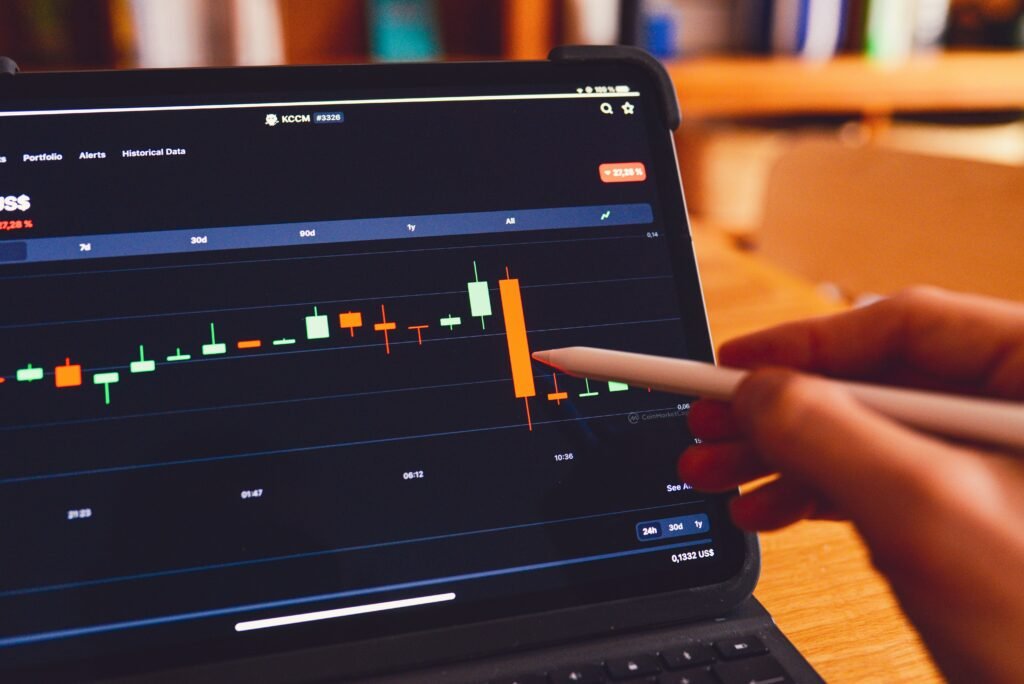Google Cloud Universal Ledger (GCUL) is Google Cloud’s new Layer-1 blockchain aimed at institutional blockchain infrastructure. Confirmed by Rich Widmann, head of Web3 strategy, GCUL targets global finance use cases with Python smart contracts. The first public hint arrived as CME Group integration and testing kicked off on March 25. Google Cloud Universal Ledger (GCUL) positions itself as “credibly neutral,” competing with Stripe Tempo and Circle Arc. It promises scale, security, and openness for asset tokenization and wholesale payments.
GCUL at a glance
Google Cloud Universal Ledger (GCUL) is designed for institutions that need performance and predictable governance. It runs as a standalone Layer-1 blockchain to secure transactions without depending on external validators. Google Cloud Universal Ledger (GCUL) uses Python for smart contracts to meet enterprise developer preferences. That move lowers friction for teams trained in data, finance, and machine learning. The pitch is simple: build faster with tools you already know.
Layer-1 blockchain edge
A native Layer-1 blockchain lets GCUL manage settlement, data availability, and security under one roof. This design aims to minimize fragmentation across multiple layers and bridges. Institutions get clearer finality and fewer dependencies. Google Cloud Universal Ledger (GCUL) also leans on Google Cloud’s global backbone for uptime and throughput. The focus is clear: scale without sacrificing control.
Python smart contracts appeal
Python smart contracts can accelerate proof-of-concepts and audits for conservative teams. Enterprises already use Python for risk, analytics, and automation. Google Cloud Universal Ledger (GCUL) taps that familiarity to shorten lift-off times. It also helps compliance teams review logic with simpler tooling. The result could be faster experiments that move to production sooner.
Institutional blockchain infrastructure
Institutions want clear SLAs, governance, and seamless integration paths. Google Cloud Universal Ledger (GCUL) courts banks, fintechs, and market operators with that playbook. Its institutional blockchain infrastructure pitch centers on reliability and neutrality. It also prioritizes interoperability with existing data and identity systems. For global teams, fewer moving parts mean fewer headaches.
CME Group integration
Early momentum matters, and CME Group integration is a credibility boost. Google Cloud Universal Ledger (GCUL) aligning with CME testing signals real-world settlement ambitions. Market operators value deterministic performance and auditability. If the CME Group integration scales, more venues may pilot GCUL. That could draw liquidity and partners into the ecosystem.
Competing with Stripe Tempo
Stripe Tempo targets payments with an embedded, product-first approach. Google Cloud Universal Ledger (GCUL) instead aims to be general-purpose and open. Some treasurers will prefer a neutral base chain over a payments-tied network. Others may want Stripe’s direct rails for commerce. The competition should push better tooling and lower costs.
Circle Arc contrasts
Circle Arc leverages USDC distribution and treasury connectivity. Google Cloud Universal Ledger (GCUL) counters with broader institutional workloads. Asset tokenization, collateral rails, and market data use cases fit well here. Arc may win with stablecoin flows; GCUL may win with infrastructure breadth. Many enterprises will test both before standardizing.
Asset tokenization use cases
Tokenizing cash, treasuries, funds, and real-world assets needs strong governance. Google Cloud Universal Ledger (GCUL) promises audit-ready logs and policy controls. Python smart contracts can codify cash flows and compliance rules. That helps structure products for regulated markets and custodians. Expect pilots in repo, funds distribution, and private markets.
Wholesale payments potential
Wholesale payments demand reliable throughput, finality, and reporting. Google Cloud Universal Ledger (GCUL) aims to improve settlement speed and reconciliation. Banks could coordinate across regions with unified policy logic. FX and liquidity desks might benefit from programmable payment workflows. If fees stay predictable, adoption could compound.
Credibly neutral, or not?
“Credibly neutral” will be tested in production, not pitch decks. Google Cloud Universal Ledger (GCUL) competes while Google also sells cloud, ads, and payments. Governance transparency and open standards will be crucial. Enterprises will ask how upgrades, fees, and data policies are set. The neutral claim must stand up to multi-decade scrutiny.
Web3 strategy leadership
Rich Widmann’s Web3 strategy signals Google’s long-term intent. Google Cloud Universal Ledger (GCUL) is not a side project; it is a platform bet. The roadmap likely includes enterprise identity, data services, and analytics. Expect integrations with logs, KMS, and compliance suites. Institutions want a chain that plugs into their full stack.
Frequently asked questions about Google Cloud Universal Ledger (GCUL) (FAQ)
What is Google Cloud Universal Ledger (GCUL)?
It is a Layer-1 blockchain by Google Cloud designed for institutional blockchain infrastructure, supporting Python smart contracts for faster enterprise adoption.
How does GCUL differ from Stripe Tempo and Circle Arc?
Google Cloud Universal Ledger (GCUL) aims to be a credibly neutral, general-purpose chain, while Stripe Tempo and Circle Arc are tied closely to payments and stablecoins.
Why Python smart contracts?
Python broadens the developer base and eases audits. It helps enterprises prototype, test, and deploy faster on Google Cloud Universal Ledger (GCUL).
What does the CME Group integration mean?
Early CME Group integration suggests market-grade performance targets. If successful, it could accelerate institutional pilots on Google Cloud Universal Ledger (GCUL).
Which use cases fit GCUL today?
Asset tokenization, wholesale payments, collateral management, and data-rich workflows are early fits for Google Cloud Universal Ledger (GCUL).



